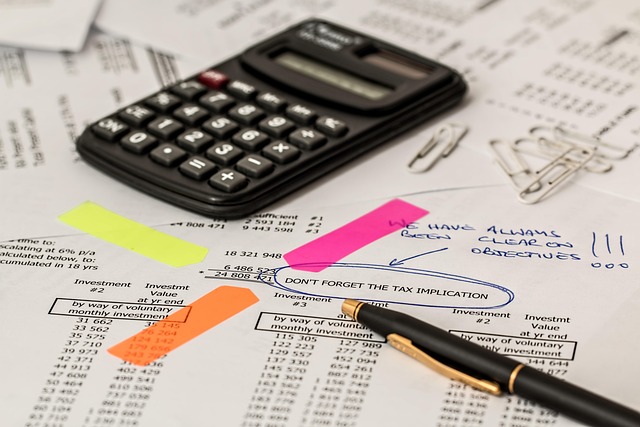In real estate, understanding assessed property value is crucial for navigating market complexities and financial planning. Governments use it to distribute tax burdens, while investors and buyers leverage this data for informed decisions. Calculating property value based on assessed value is a straightforward yet powerful method accessible to all. It considers location, size, condition, and market trends, aiding in tasks like tax calculations, insurance, and mortgage lending. Accurate valuations are vital for fair transactions, public budgeting, and reliable real estate insights. Maintaining accuracy requires regular updates, standardized methodologies, qualified appraisers, and transparency for stakeholder trust.
In the dynamic realm of real estate, understanding assessed property value is paramount for accurate calculations. This article serves as a comprehensive guide, delving into the fundamentals of assessed property value and its pivotal role in real estate appraisals. We’ll walk you through the step-by-step process of calculation, explore significant benefits, and discuss key considerations that professionals must bear in mind. Unlock the secrets to precise valuations and informed decision-making in the ever-evolving world of real estate.
Understanding Assessed Property Value: The Foundation of Calculations

In the realm of real estate, understanding assessed property value is crucial for navigating market dynamics and financial decisions. Assessed property value refers to an estimation of a real estate asset’s worth as determined by local tax authorities or assessment offices. This figure serves as the foundation for various calculations, including property taxes, insurance premiums, and mortgage lending criteria. By assessing property value, governments can accurately calculate tax rates, ensuring fair distribution of financial burdens among property owners.
For real estate investors and buyers, comprehending this value is essential for making informed choices. It provides a baseline for evaluating market trends, comparing properties, and determining investment potential. Assessed values are often used in conjunction with other factors, such as location, amenities, and recent sales data, to arrive at a comprehensive property evaluation. This knowledge empowers individuals to make strategic decisions regarding purchasing, selling, or investing in real estate.
The Process: How to Calculate Using Assessed Property Value

Calculating using assessed property value is a straightforward process that real estate professionals and homeowners can master with ease. It involves evaluating a property’s worth based on its assessment by local authorities, who consider factors such as location, size, condition, and market trends. The assessed value serves as an estimate of the property’s fair market value, making it a reliable indicator for various purposes, including property taxes, insurance premiums, and mortgage applications.
The method starts with obtaining the property’s assessment record, which is typically available from the local tax assessor’s office. This record includes detailed information about the property’s characteristics and its corresponding assessed value. Once acquired, you can interpret the data to determine the property’s current market standing. By comparing the assessed value against recent sales prices of similar properties in the area, one can gain valuable insights into the real estate market dynamics and make informed decisions regarding property ownership, investment, or sale.
Benefits and Considerations in Real Estate Appraisals

In real estate, accurate property valuations are paramount for investors, lenders, and homeowners alike. Assessed property value calculations offer a range of benefits, including facilitating fair market transactions, aiding in tax assessment and public budgeting, and serving as a critical factor in mortgage lending decisions. These assessments provide an estimated worth based on various factors such as location, size, amenities, and neighborhood trends, offering stakeholders valuable insights into a property’s potential.
However, several considerations must be taken into account to ensure the accuracy and fairness of real estate appraisals. Market fluctuations can significantly impact property values, requiring regular updates to keep assessments current. Additionally, individual biases and subjective factors may influence the appraisal process, necessitating standardized methodologies and qualified appraisers. Transparency in the assessment process is also crucial to maintaining public trust and ensuring that all parties involved have access to reliable information when making significant real estate decisions.






